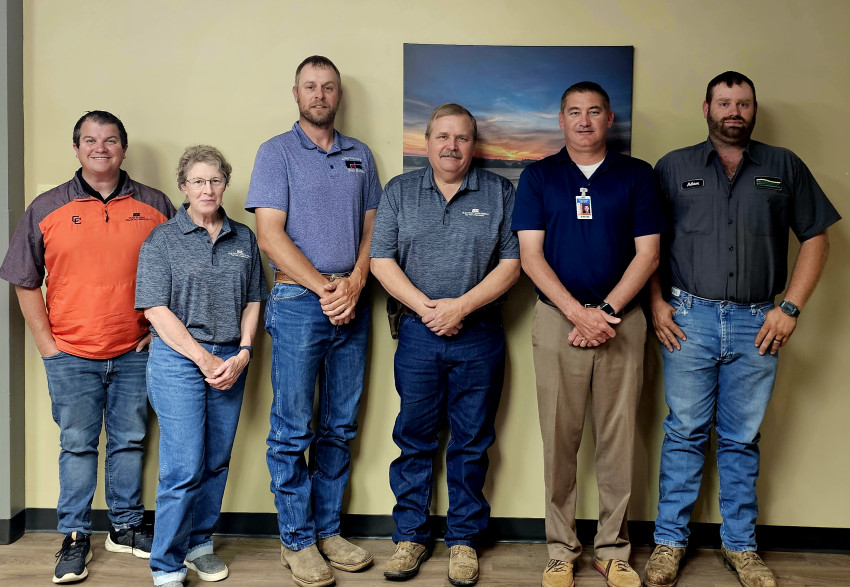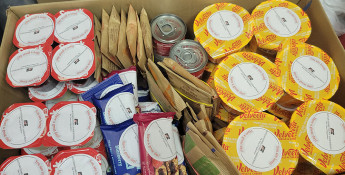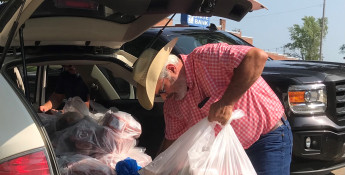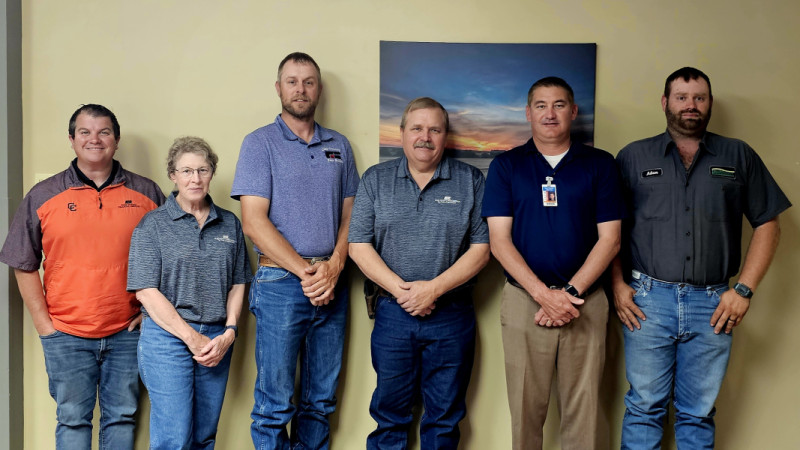By Savannah Peterson on January 8, 2024
Kansas County aims to help feed hungry students
Clay County Farm Bureau donates to student lunch accounts
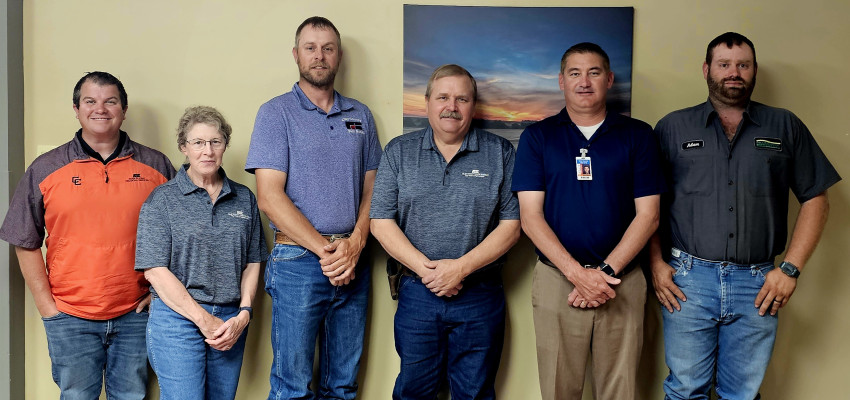
Kansas Farm Bureau’s End Hunger campaign focuses on fighting hunger in local communities. The initiative brings communities together to help those in need.
In Clay County, Farm Bureau members found ways to support local students by partnering with Farm Bureau Financial Services (FBFS) agent Justin Tadtman to help pay for school lunches for families who could not afford a hot meal.
They donated $2,500 to the school district, which supported 10 percent of the students, according to Brett Nelson, superintendent of USD 379.
Supporting Students
“In our district, we are approaching about 50 percent of our families qualifying for free and reduced lunch,” Nelson says. “Those are set based on the federal poverty guidelines, so it is easy to say food insecurity is a real thing for our families in Clay County.”
Nelson correlated that percentage to approximately $5,000 in meal debt within the schools. He attributes much of this challenge to financially struggling families who are ineligible for assistance.
There was an obvious problem within the school district. At the same time, the Clay County Farm Bureau board was looking for ways to give to their community.
“It was born out of the desire for the board to be able to make the greatest amount of impact in the community,” says Rebecca Frerking, Clay County Farm Bureau coordinator. “Through some of our own research, we saw the need within the school district and wanted to help.”
The $2,500 donation from the Farm Bureau board and FBFS agent went to the Clay County school district to help cover the cost of meals for students with empty lunch accounts.
“We worked closely with school administration to identify students and families who needed assistance with their school lunches,” Frerking says.
Together, they divided the donation into two tiers to reach as many families as possible.
“We looked at the families that had accumulated some debt in their school lunch accounts at some point in the year and had qualified for free and reduced lunch,” Nelson says. “We were able to clear out all of their debt.”
The second tier was helping families who had applied for free and reduced lunches but did not qualify to receive them. The donation helped cover all those debts, as well.
Need for Assistance
Despite the school district’s challenges with food insecurity, the situation worsened in the last two years.
“During COVID, students and their families were supported by the free and reduced lunch program, but since the funding has stopped, people can’t afford those lunches,” Frerking says.
According to Nelson, fewer families in the school district qualified for free and reduced lunches after the government program ended. Many families were not able to put school lunches back into their budget.
When students do not have enough money in their school lunch accounts, they are given a cold meal, often consisting of a peanut butter and jelly sandwich, fruit or granola bar.
The alternative lunch sets the students apart from their peers. While their classmates are enjoying a tray full of food, they have a brown sack lunch in front of them, but their consequences are worse than embarrassment.
“We know learning cannot take place when our students are hungry, so programs like Farm Bureau’s really help those families,” Nelson says. “Families don’t intentionally put themselves in difficult situations but unfortunately life happens.”
When Farm Bureau organizations and Farm Bureau Financial Services see a need in their community, they act. The impact is greater when partnership happens.
Learn more about the End Hunger initiative at www.kfb.org/endhunger.

